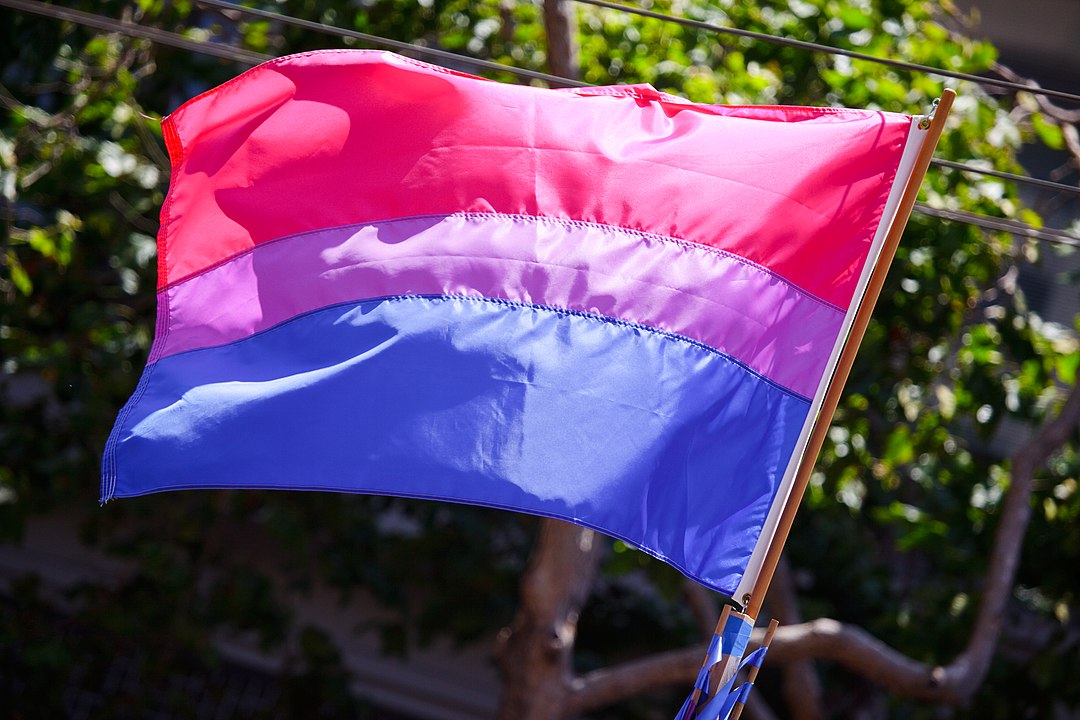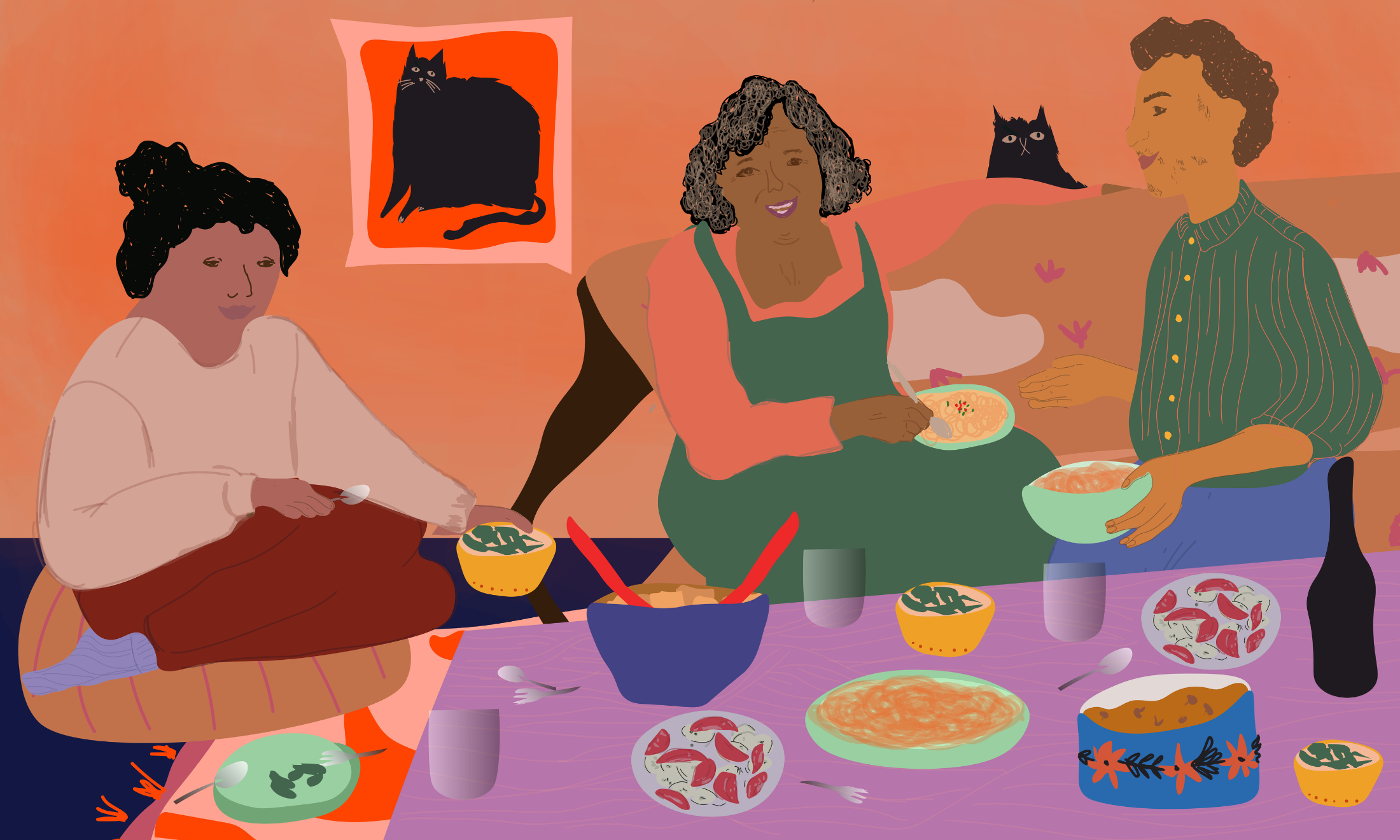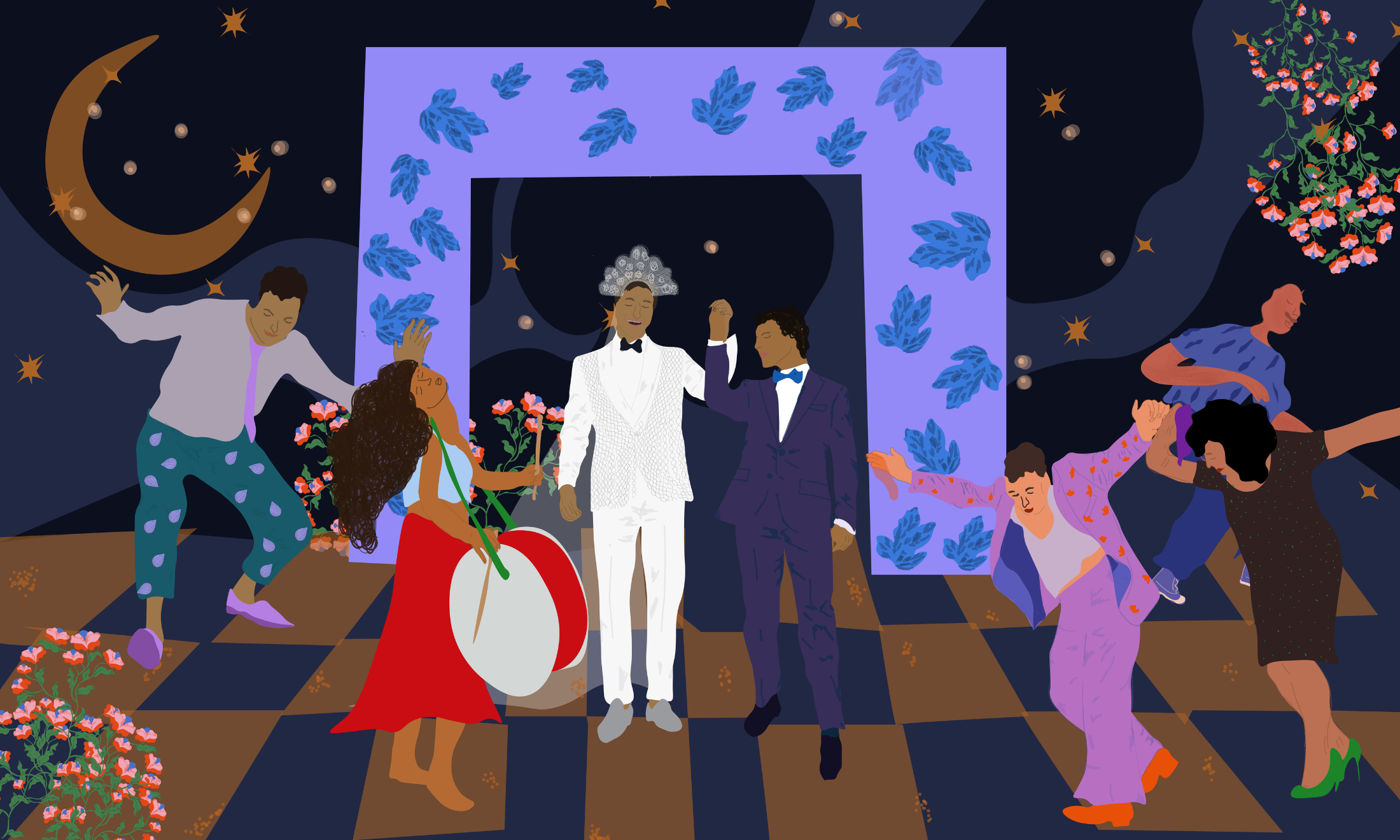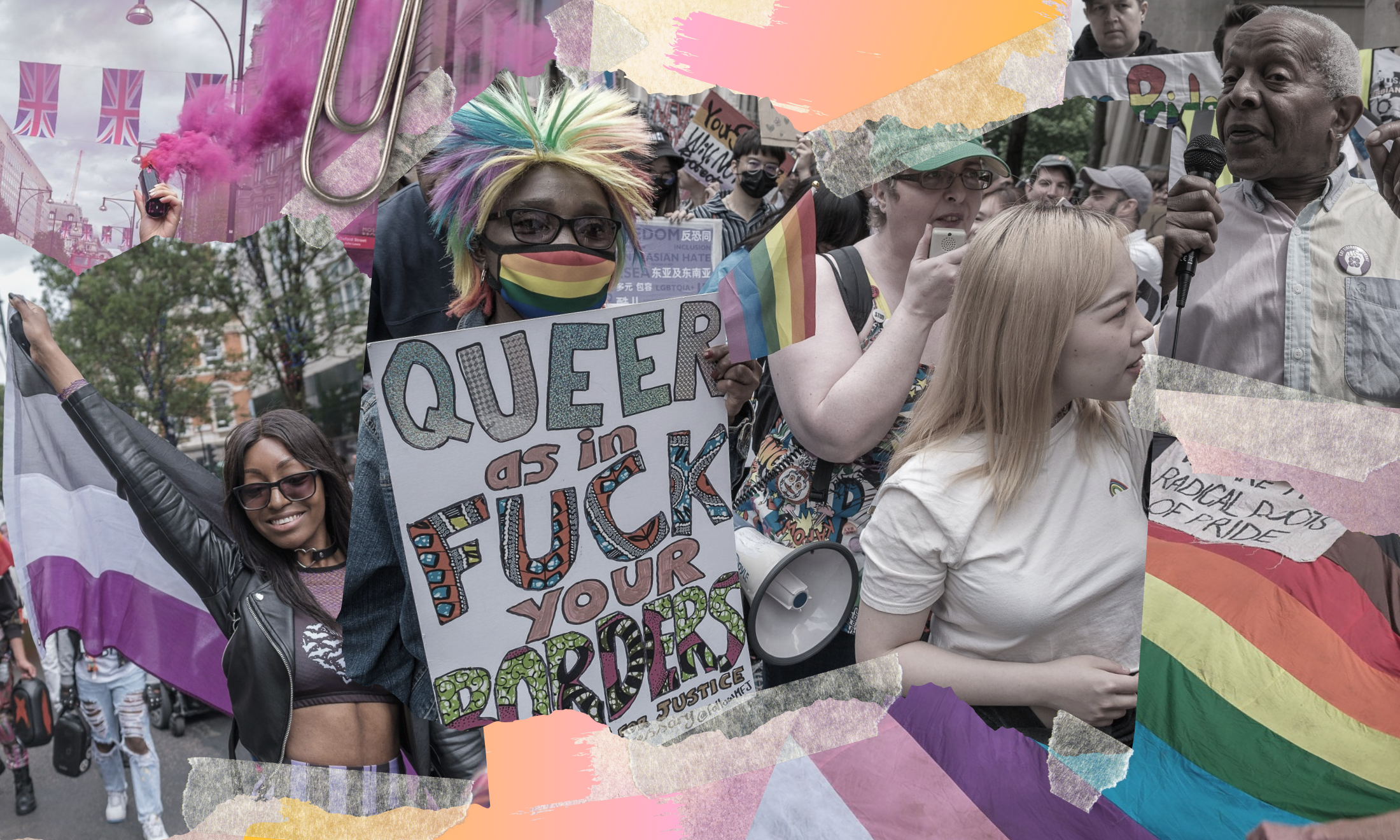
Photography via Wikimedia Commons
TW: This article contains mentions of biphobia and statistics around suicidal thoughts and anxiety
This summer, we have seen more Prides than ever focusing on specific identities within the queer community. UK Black Pride and Trans Pride Brighton continued to grow their established presences and Para Pride (for disabled LGBTQI+ folks) also celebrated its first year. On the 7 September, Bi Pride will host its first celebration in Hackney, east London.
It is obvious that trans, PoC and disabled people should host their own Pride events, to highlight their existence within the queer community, and the specific barriers they face. When it comes to the idea of a bi-specific Pride though, people are often hazy as to why there should be one.
Bi and other non-monosexual and romantic identities (including people who are only mostly attracted to one gender, people with fluid identities, and people who see attraction “regardless of gender”) are among the least understood of orientations in the queer community. This lack of awareness means that bi people often face very specific barriers, most of which are not recognised, even by other queer people.
“Most people are unaware of when biphobia is happening”
Despite the fact that it is very common to have a non-mono orientation, most people are unsure of what this actually means, or unaware of when biphobia is happening, leading to internalised biphobia and confusion about one’s own identity. This manifests itself in worrying statistics. According to Stonewall’s 2018 LGBT in Britain reports, 30% of bi men cannot be open about their sexual orientation with any of their friends, compared to just 2% of gay men and 1% of lesbians. Additionally, 41% of bi people considered taking their lives in 2018 compared to 28% of lesbian and gay people, and 72% of bi women experienced anxiety that year compared to 60% of lesbians, 56% of bi men and 53% of gay men. It is worth noting that these statistics do not include non-binary bi people, due to small sample sizes.
Of course, this is not to say that bi experiences are necessarily worse than lesbian or gay experiences. However, these statistics do demonstrate that biphobia and its manifestations can be unique and separate to those of homophobia.
So what does biphobia actually look like? One common form is bi-erasure – not considering it to be a valid orientation. It is often assumed (by queer and non-queer people alike) that everyone is either heterosexual or gay. Other options are forgotten about. Examples of this include people’s orientation being assumed based on the gender of their current partner, a bi option being left out of diversity monitoring forms, or celebrities such as Frank Ocean being reported as gay after coming out as bi.
Bi people are also often stereotyped and fetishised. Common tropes include being labelled as promiscuous and incapable of monogamy, attention seeking, confused, or manipulative. For example, thinking that a bi partner will leave you for someone of another gender, or believing that bi women lie about their identity to attract men. Bi women, in fact, are often fetishised, as their identity is believed to mean that they are inevitably interested in straight men but will be performatively sexual with other women. Bi women are often seen as “really” straight, whereas bi men are labelled as “really” gay – both groups are viewed in the context of their potential attraction to men. For trans and BAME bi people, this fetishisation is confounded by the sexualisation of those identities.
“Even at Manchester Pride this year, I was told that I should make up my mind about my orientation”
Another common form of biphobia is to actively deny the existence of bi people, or block them from entering spaces, and it is this that transforms the need for Bi Pride from a matter of recognition to a matter of safety. People are routinely criticised for attending Pride with a different sex partner. Even at Manchester Pride this year, I was told that I should make up my mind about my orientation. A quote from Stonewall’s 2018 LGBT in Britain: Work Report reads, “Being bisexual means finding yourself excluded by gay people and straight people in social settings. I only tell my friends about my sexuality, meaning it is hidden from my family and my work colleagues. Bisexuality is a hidden sexuality through people’s lack of acceptance”.
We can see that there is a definite need for bi-specific work in order for there to be spaces which are truly safe for bi people. To many people “LGBTQI+” just means “gay”, and this oversimplistic approach to sexual and romantic orientation is harmful to everybody, as it does not allow people to explore their identity in a safe and informed way. Unfortunately, we need to be explicitly inclusive in order to celebrate the diversity within the queer community.
Hopefully, the increase in awareness promoted by organisations like Bi Pride will lead to an increase in bi people’s comparatively low life satisfaction rates, but there is still far to go. Recognition of events such as Bi Day of Visibility (on the 23 September), accurate profiling of prominent bi figures (such as Angelina Jolie and Gillian Anderson), and allies within and outside of the queer community challenging everyday biphobia can all make a difference.









